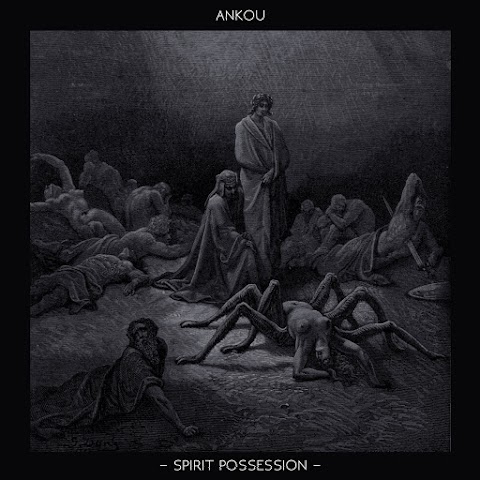Fès MOROCCO

Fès, also spelled Fez, Arabic Fās, city, northern Morocco, on the Wadi Fès just above its influx into the Sebou River.

Fès, MoroccoThe rooftops of the old city section of Fès, Morocco
The oldest of Morocco’s four imperial cities, it was founded on the banks of the Wadi Fès by Idrīs I(east bank, about 789) and Idrīs II (west bank, about 809). The two parts were united by the Almoravids in the 11th century to become a major Islamic city.

Fès reached its zenith as a centre of learning and commerce under the Marīnids in the mid-14th century and has kept its religious primacy through the ages. The Treaty of Fès (March 30, 1912) established the French protectorate in Morocco.

Fès, MoroccoBeverages being delivered to a store in Fès, Morocco

Fès, Morocco: medinaThe medina of Fès, Morocco

Fès, Morocco: Bab SemarineBab Semarine (Semarine Gate), Fès, Morocco, separating the old city from the palace area and the modern French section
The city is almost completely surrounded by low hills covered with olive groves and orchards. The ancient battlements of Fès, flanked by stone towers, still partly enclose the old city, which is known as the Fès el-Bali. The old city contains the 9th-century Qarawīyīn Mosque and is the seat both of a famous Islamic university (founded 859) and of the Sidi Mohammed ibn Abdellah University (founded 1974); it is also the sanctuary (zāwiyah) of Idrīs I and houses the tomb of Idrīs II. The old city contains a number of well-preserved funduqs (caravansaries).

The Fès el-Jedid (New Fès) section of the city, founded in the 13th century by the Marīnids, contains the Royal Palace and the adjoining Great Mosque, which is noted for its 13th-century polychrome minaret. Just south of the Royal Palace is the Mellah, or Jewish quarter; many of the Jewish goldsmiths, silversmiths, and jewelers who once lived there immigrated to Israel in the decades following the founding of the Jewish state (1948). The modern section of the city, the Ville Nouvelle, lies on a plateau to the southwest; it was founded by Marshal L.-H.-G. Lyautey of France in 1916. The city’s industrial quarter is in this district, near the railway station.

Fès, Morocco: Royal PalaceRoyal Palace, Fès, Morocco

Front door of the Mawlāy Idrīs Zāwiyah, Fès, Morocco
Fès is a centre for trade and traditional crafts, and until the late 19th century it was the only place in the world where the fez (brimless red felt hat in the shape of a truncated cone) was made. Most of the city’s traditional crafts, such as leatherwork and pottery making, are practiced in the narrow, winding streets of the old city and are sold in that section’s traditional marketplaces, or sūqs. Tourism is a major industry in Fès. The old city was named a UNESCO World Heritage sitein 1981. Fès has an international airport. The area in which Fès is situated produces cereals (primarily wheat), beans, olives, and grapes; sheep, goats, and cattle are also raised. Pop. (2004) 946,815; (2014) 1,091,512.

Fès, Morocco: tanneryTannery dyeing pits in the medina of Fès, Morocco











0 Comments